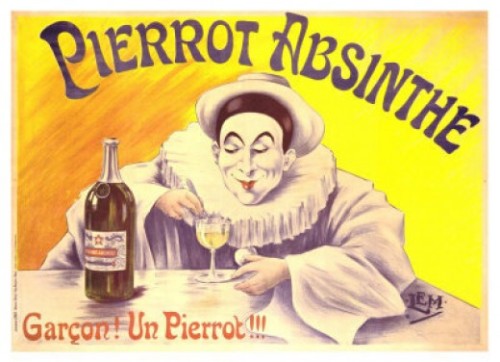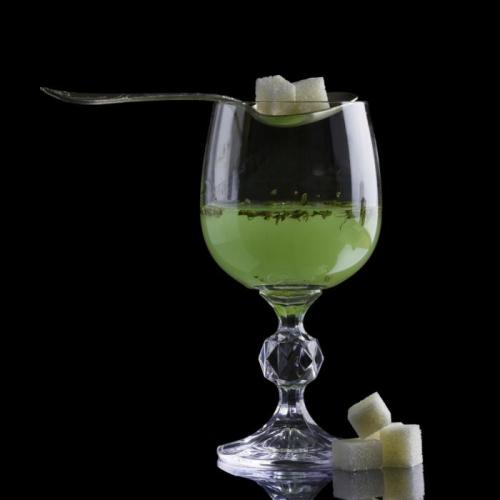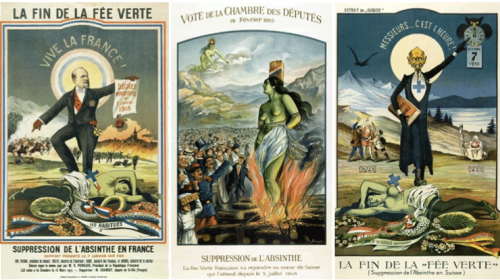The Rise and Fall and Rise of Absinthe,Today the liquor absinthe is making a comeback. Thought not
The Rise and Fall and Rise of Absinthe,Today the liquor absinthe is making a comeback. Thought not as popular as gin, vodka, rum, or whiskey, there was a time when absinthe was one of the most popular spirits offered in saloons around Europe and the United States. Absinthe is traditionally an anise flavored liquor distilled from Artemesia absinthium (grand wormwood), green anise, fennel, and other botanicals. Once distilled the remaining spirit usually has a green color. Absinthe also typically has a high alcohol volume, typically 90 to 150 proof.Like most liquors and liqueurs, absinthe was originally developed as a medicine. Credit typically goes to a physician from Switzerland named Pierre Ordinaire. From there the recipe was passed down until absinthe distilleries sprouted up all over Europe. Absinthe didn’t become popular until the mid 19th century, when it was issued to French troops as a prophylactic against malaria, particularly in French colonies in Africa and Southeast Asia. Soldiers developed a taste for the liquor and spread its popularity all over the world.The golden age of absinthe occurred from around the late 19th and early 20th century. By then absinthe could be found in every restaurant, bistro, bar, and saloon in Europe and the East Coast of the United States. It was a drink for all classes, from poor to rich, although quality differed from brand to brand. Some famous drinkers of absinthe included Ernest Hemingway, Picasso, Vincent van Gogh, Oscar Wilde, and Aleister Crowley. As absinthe spread across the world many different cocktails were created. One popular cocktail from New Orleans was sazerac, which was a combination of cognac or rye, absinthe, and Peychuad’s bitters. The popular way to drink absinthe was to added 3 or 4 ounces of cold water to an ounce liquor, as well as a sugar cube for sweetness. This method often involved a special ritual involving a unique absinthe glass, sugar spoon, and other mixing devices.The fall of of absinthe began in the early 20th century, mostly due to two groups; the prohibitionists and the winemakers. The booming absinthe market cut into the business of French winemakers (as well as english gin distillers and various whiskey distillers). This led to a call for restrictions on absinthe to quash competition. Because it was the most popular drink of the day, prohibitionists (those who want to ban alcohol) also put absinthe in their sights. The attack on absinthe centered around a trace chemical in the spirit called thujone. It was believed that thujone in absinthe caused psychedelic effects. Today modern studies have proved this notion false, but the prohibitionist latched onto the idea, touting claims that absinthe caused madness and a breakdown of morals. There were even accounts of men and women murdering their friends and family’s due to “green madness”. As a result, absinthe was branded “the green fairy” and “the green devil”. One critic claimed,“Absinthe makes you crazy and criminal, provokes epilepsy and tuberculosis, and has killed thousands of French people. It makes a ferocious beast of man, a martyr of woman, and a degenerate of the infant, it disorganizes and ruins the family and menaces the future of the country.” In Switzerland, an alcoholic named Jean Lanfray drank excessive amounts of beer, wine, brandy and schnapps, followed by a glass of absinthe. He then murdered his entire family. Absinthe took the blame, and the Swiss government banned it in 1905. Shortly afterword, most countries in Europe and North American banned absinthe as well. The last major blow to absinthe was when it was banned in France, the number one consumer of the liquor.Absinthe remained illegal in most countries throughout the 20th century. It wasn’t until a resurgence in popularity for the drink that governments began to look into the dangers of absinthe. After several scientific studies it was conclusively determined that absinthe has no hallucinogenic properties. In fact the only potent chemical in the liquor was the alcohol itself. Today absinthe is legal in most places in the world, and is slowly gaining popularity. -- source link
#history#liquor#beverage#alcohol#absinthe#drinks#drinking#cocktails#prohibition


